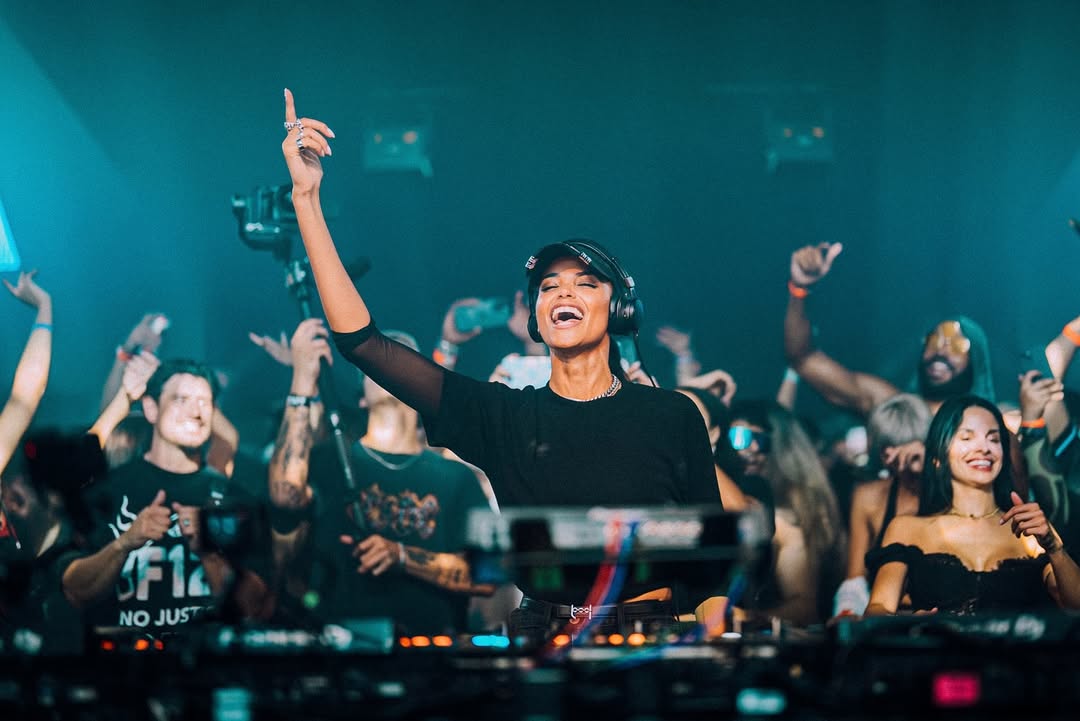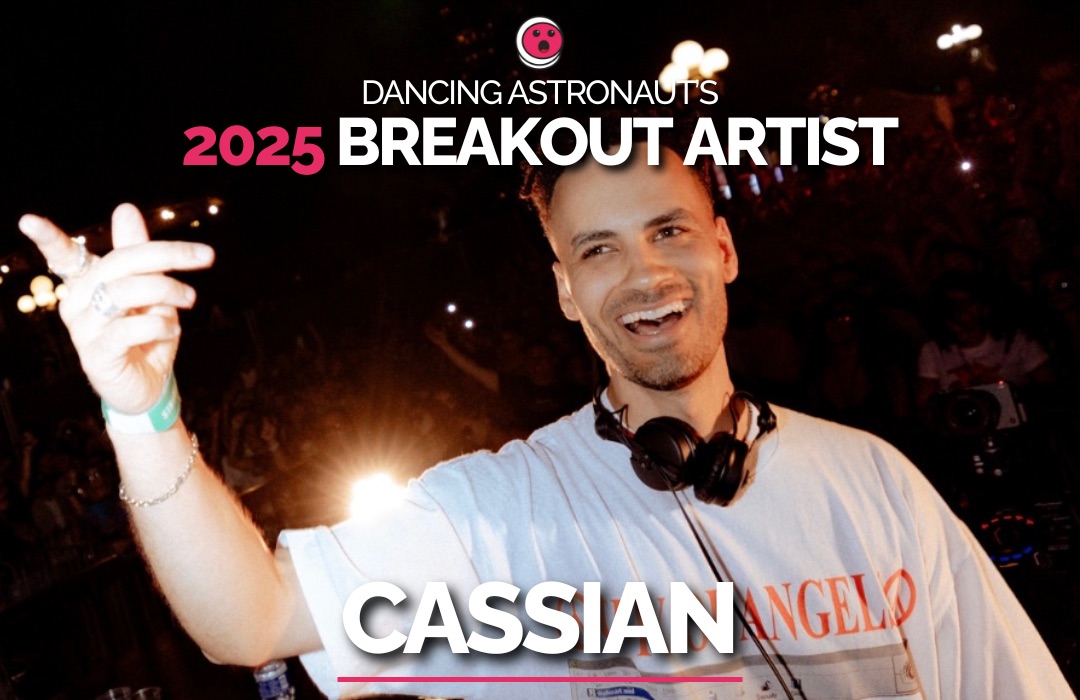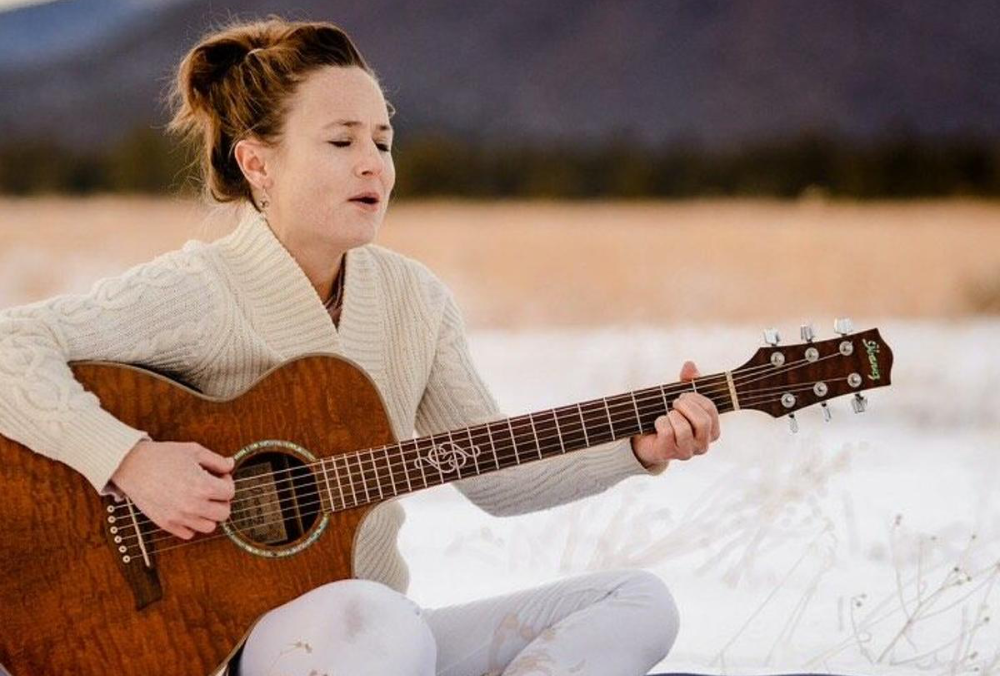Anime is filled with all kinds of stories, but since it's a uniquely Japanese art form, there are also plenty of anime focusing on the country's traditional culture. Notably, an anime doesn't have to take place in an ancient time to reflect various traditional aspects of Japanese culture.
There are quite a few series revolving around traditional Japanese forms of art, games, music, and storytelling that still take place in the modern day. That said, a historical setting doesn't necessarily hurt, either. Occasionally, even a sci-fi series can take some time to give a brief history lesson when the need arises.
10 Chihayafuru Features Characters Who Want To Become Top Karuta Players
In Chihayafuru, Chihaya Ayase is inspired to become a top Karuta player after she meets a transfer student, Arata Wataya, with the same dream.
Karuta are Japanese playing cards inspired by playing cards introduced by Portuguese traders. Over the years, the game has sort of broken out into two branches: one based directly on the Portuguese cards and another based on the "e-awase" tradition, influenced by historical painting contests.
9 Barakamon Focuses On The Goto Islands
In Barakamon, Sei Handa, also known as "Seishuu" or "Sensei," is a young calligrapher who gets in trouble for attacking a critic of his work. His punishment is being sent to the Goto Islands, causing him to adjust to island living as the locals become involved in his life.
In addition to the story involving the art form of calligraphy, a strong emphasis is placed on the culture of the Goto Islands. In fact, the title of the show comes from a word for "cheerful" from the Goto Islands' dialect.
8 Hanayamata Is About Yosakoi Dancing, Which Combines Tradition With Modernity
In Hanayamata, Naru Sekiya is a young girl obsessed with fairy tales who sees what she thinks is a fairy only to learn she is a foreign dancer. Through this encounter, Naru enters the world of yosakoi dancing.
Yosakoi is a style of dance that fuses traditional dancing with modern music, often featuring both men and women of various ages. Both men and women can be on the same team and perform in large groups.
7 Joshiraku Stars Five Rakugo Storytellers
In Joshiraku, the main cast is comprised of five rakugo comedians. The series revolves around their everyday lives and their conversations with each other.
In a rakugo comedy, the storyteller sits on a stage the entire time and uses only a paper fan and a small cloth as props. Despite the limitations, a long, complicated story often ensues. Rakugo comedy has a significant influence on Japanese culture. One particular rakugo, for example, helped popularize the concept of shinigami in Japanese fiction.
6 Golden Kamuy Shines Light On Ainu Culture
Loosely based on real events, Golden Kamuy revolves around Saichi Sugimoto, a veteran of the Russo-Japanese War. He's searching for a golden treasure of the Ainu people, who are indigenous people and an ethnic group in Japan's northern region of Hokkaido.
Saichi is aided by an Ainu girl named Asirpa and the Ainu language is given a big focus throughout the series. The series creator has even consulted experts on Ainu Japanese to help produce the series.
5 Those Snow White Notes Focuses On Shamisen Music
In Those Snow White Notes, Setsu Sawamura is a gifted musician who plays a shamisen he inherited from his grandfather. The shamisen is a traditional Japanese, three-stringed instrument that has a long history in the country.
Setsu is driven by his grandfather's deathbed wish to improve his musical skills beyond just imitating him, sending him on a journey that at one point has him drop out of school until he reunites with his estranged mother.
4 Mitsuwano Tells The Story Of Three Young Apprentice Geishas
In the Mitsuwano OVA, three young maikos, Riko, Midori, and Mai, prepare for an upcoming festival while working at an inn in Kyoto. Making it through a maiko apprenticeship was one of the only ways that a girl could hope to become a geisha.
A maiko is sort of an apprentice geisha known in Kyoto and Western Japan who are tasked with performing songs and dances, especially using traditional Japanese instruments. The word "maiko" means "dancing child." Accordingly, they're usually younger than geisha and lack their conversation skills.
3 Hanasaku Iroha Features A Heroine Working At A Ryokan
In Hanasaku Iroha, Ohana Matsumae is a young girl left in the care of her grandmother after her mother's boyfriend lands them in debt. As she soon learns, her grandmother runs a ryokan — a traditional Japanese hot spring inn — where she soon starts working in exchange for room and board.
Having existed since the Keiun period, one such ryokan is believed to be the oldest hotel in the world. In modern Japan, however, they have become much less common than conventional hotels. That said, Hanasaku Iroha boosted tourism for the Yuwaku Hot Spring in the Kanasawa, Ishikawa region after it aired.
2 Kabukibu! Involves A High School Kabuki Club
In Kabukibu!, Kurogo Kurusu is a young boy who loves kabuki and goes on to form a kabuki club at his high school after being unable to perform it for the other clubs.
Believed to have originated in the Edo period, kabuki is a classical form of dance-drama especially known for its use of elaborate stage make-up. Kabuki and noh are sometimes conflated but they are distinctly different art forms. Noh dramas use elaborate masks and are considered far more traditional in Japan while kabuki has been considered something even commoners can enjoy.
1 Folktales From Japan Adapts Traditional & Familiar Japanese Stories
Folktales from Japan is an anthology anime that recounts many traditional Japanese folktales, including well-known stories like the tragic Urashima Taro, the bowl-wearing Princess Hachikatsugi, the moon princess Kaguya, and the oni-fighting Momotaro, among lesser-known tales.
Some of the stories are versions of fairy tales that Western children are familiar with. "Ash-Covered Haitaro" features an ash-covered servant boy who escapes his wicked stepmother and becomes the groom of a nobleman's daughter, effectively a Japanese version of Cinderella with a male lead.
About The Author

